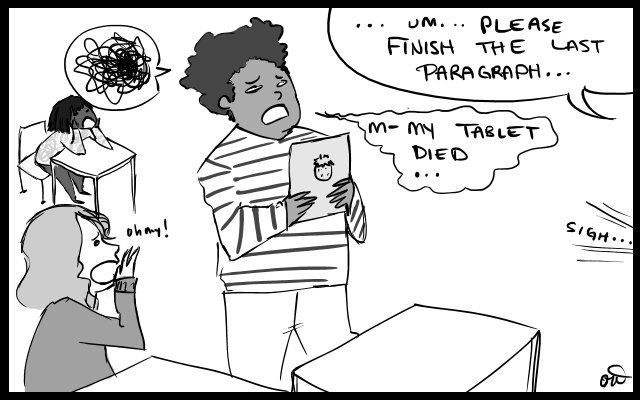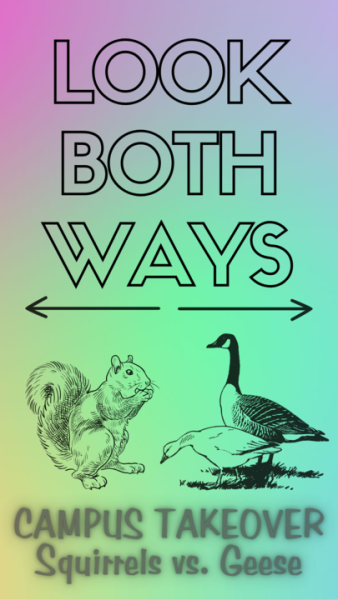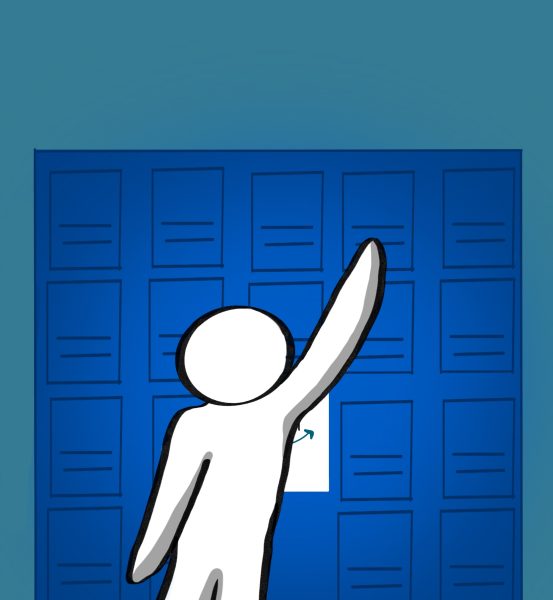The dangers of too much technology in education
January 15, 2013
It’s everywhere! There is an insane push for technology, including increased use of smartphones, tablets, mini tablets, ultra-super-uber-duper mini tablets and whatever other devices hit the market.
Yes, we are in a world where fast, small and virtual are king. Many see this as an apocalyptic sign which will eventually lead to a computer-dominated universe.
As for me, I have no problem with technology. I think it is fascinating to see what all of these new devices are capable of.
However, where I have the problem is when technology is pushed into the classroom with no thought of how it might affect students.
The most recent (and most radical) example of this technology dominated education is a program called Khan Academy.
This non-profit organization presents a model based on popular video tutorials by Sal Khan. These tutorials are essentially video lectures on topics like math, science and history.
The videos in and of themselves are great when used for supplemental resources for higher education. However, the way Khan Academy is using these videos is (in my opinion) quite scary.
In a blog from the Huffington Post in September of 2012, Khan Academy President Shantanu Sinha detailed a classroom model revolving around the use of these video lectures.
This model has been in place for two years in all 5th to 8th grade classrooms in the Los Altos School District in California.
Under this model, students go home, watch a video lecture containing content on a subject and then go to school and do “practice problems” related to that subject while the teacher watches a computer screen to monitor their progress.
While I believe in the fundamental principles demonstrated by this model, including every student learns at a different pace, I think it takes the human interaction out of teaching and learning.
Although human interaction is merely a luxury in higher education, it is entirely necessary in elementary and middle school.
Look into your past and remember the teachers from your early years. I am willing to bet that the ones you learned the most from were those who communicated, engaged you and motivated you effectively. And although it might be cheaper to pretend that a computer can do the same thing, the truth is that it can’t.
What communication, motivation or engagement are students getting while looking at a computer screen and listening to a virtual teacher? Furthermore, what social skills are students learning from this model?
Now like I said before, I am not against technology. I am not even against technology in education. In fact, I believe that there are many technological tools that are beneficial in the classroom.
However, when a program seeks to take the humans out of an act as innately human as learning, I find it quite daunting.
I will admit that the American Education system needs work and with budget cuts and diminished funding, teaching through computers is intriguing. But in teaching, nothing can stand against real human interaction.
Khan Academy writes on its website, “A free world class education.” Well, it may be free, but as for world class? I would say that you get what you pay for.














